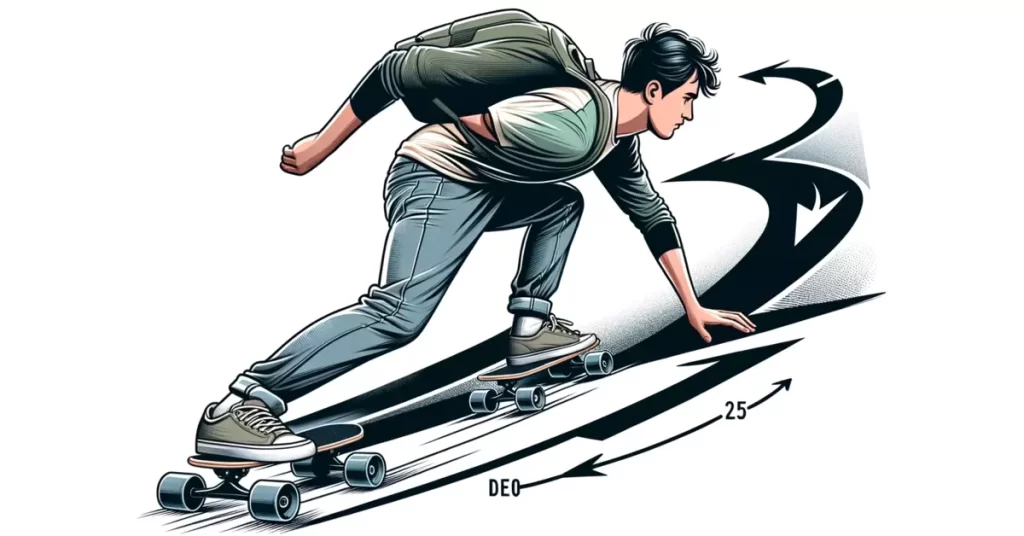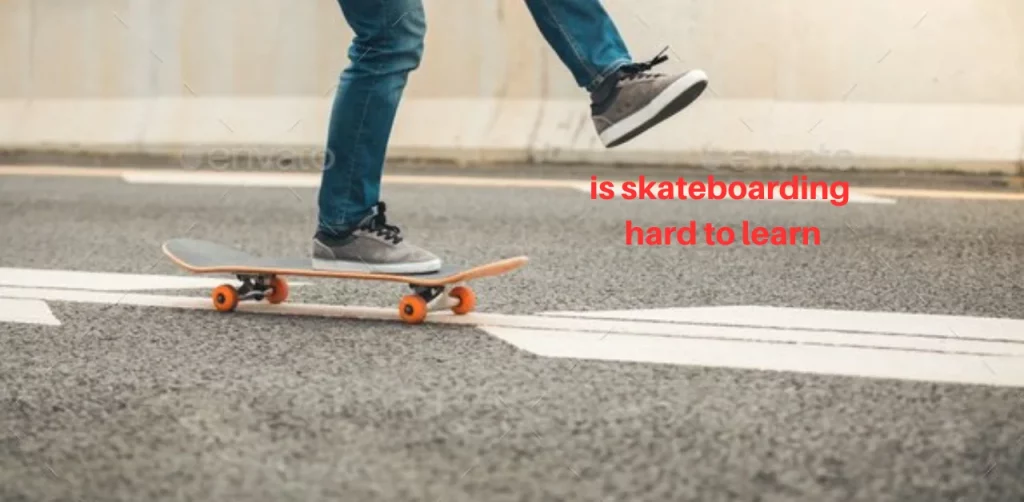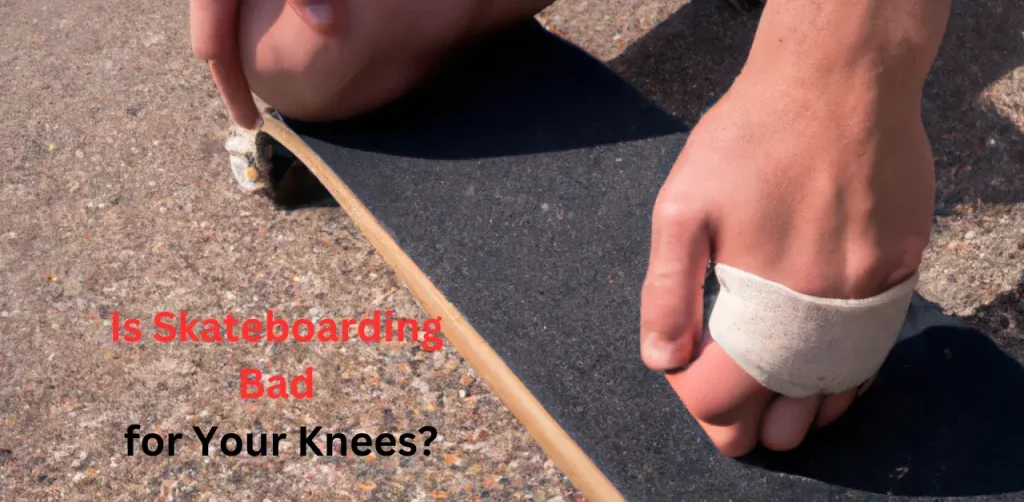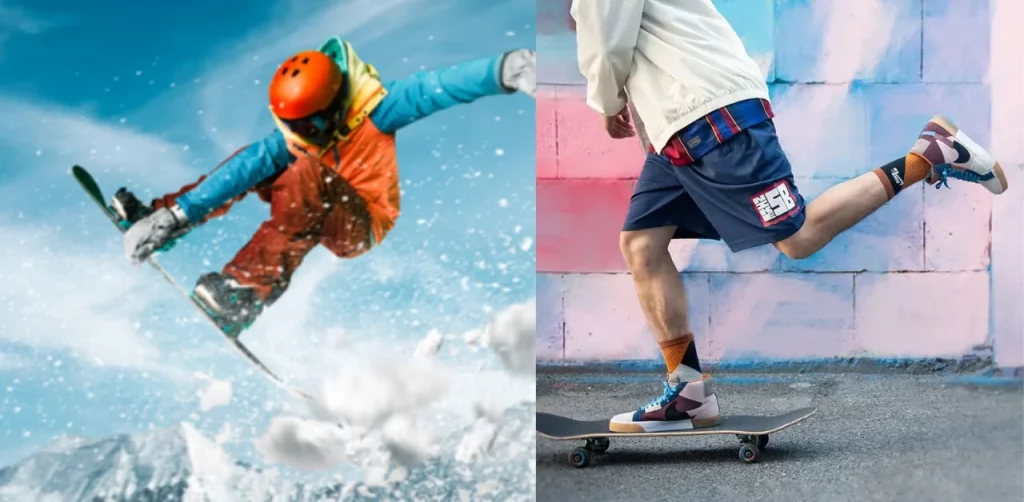Yes, many electric skateboards are designed to handle inclines and can go uphill. The ability of an electric skateboard to climb hills depends on several factors, including the power of the motor(s), the weight of the rider, the steepness of the mountain, and the charge level of the battery. Higher-powered motors and a fully charged battery generally enable better hill-climbing capability. When shopping for an electric skateboard, look for the “hill grade” specification, indicating the maximum incline the skateboard can handle.
How does the weight of the rider affect the ability of electric skateboards to go uphill?
The weight of the rider significantly affects the ability of an electric skateboard to go uphill for several reasons:
Motor Strain
Heavier riders put more strain on the motor. The motor has to work harder to move a heavier load uphill, potentially reducing the motor’s lifespan. A more powerful motor may be necessary for heavier riders to ensure good performance on inclines.
Battery Drain
The heavier the weight, the more energy is required to propel the skateboard uphill. This increased energy use can lead to a faster battery drain, which reduces the range you can travel on a single charge.
Acceleration and Speed
A heavier rider might experience slower acceleration and reduced top speed, especially when going uphill. This is because the motor needs to expend more energy to move the additional weight, which may limit the speed it can achieve.
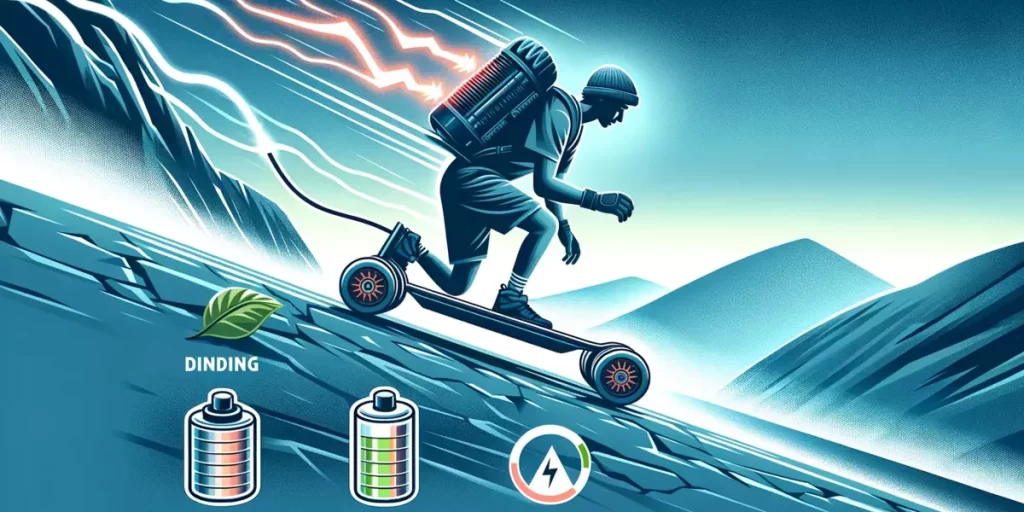
Heat Generation
Carrying a heavier load can cause the motor to work harder, which might lead to increased heat generation. This has the potential to result in overheating issues, which can be detrimental to both the motor and battery.
Manufacturer’s Weight Limit
Manufacturers usually provide a maximum rider weight limit for their electric skateboards, indicating the weight the board is designed to handle effectively, including when going uphill. Exceeding this weight limit may lead to performance issues and potential damage to the skateboard.
What are some tips for riding electric skateboards uphill?
Riding an electric skateboard uphill can be challenging, but here are some tips to help you navigate inclines more effectively:
Lean Forward
Shift your weight forward when going uphill. This helps to maintain balance and apply pressure evenly across the board, keeping the front wheels grounded and improving traction.
Start with Momentum
Approaching the hill with some speed can help to reduce the load on the motor when you start climbing. This momentum can assist in carrying you up the hill, reducing the work that the motor must do.
Conserve Battery
Before tackling a hill, ensure your battery is sufficiently charged. Climbing hills consumes more power than riding on flat terrain, so having a healthy battery charge is crucial for successful uphill riding.
Choose the Right Path
Riding up the hill at a slight angle, instead of going straight up, can make the climb easier on your board and battery. This zigzag pattern can reduce the steepness of the effective slope.
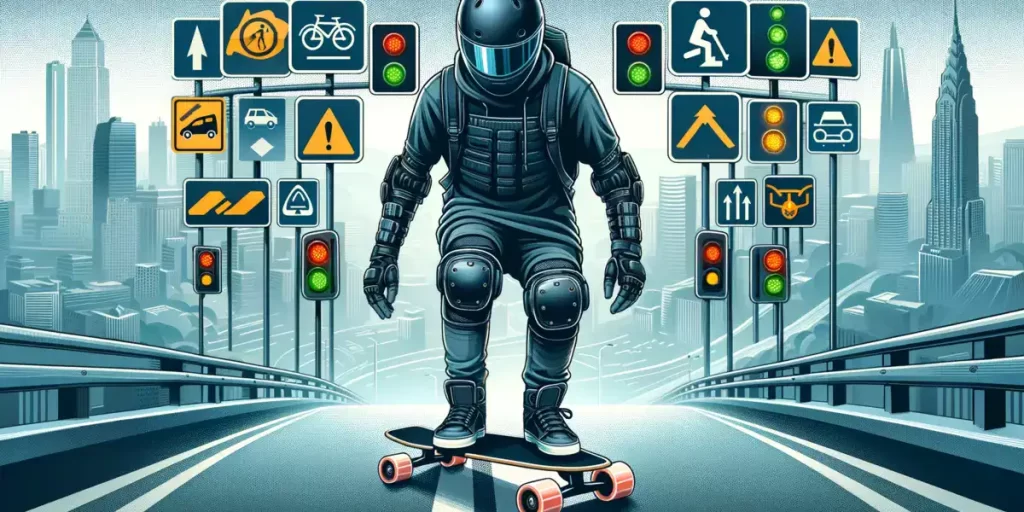
Avoid Very Steep Hills
Know the limits of your electric skateboard (check the hill grade specification), and avoid attempting to climb hills that are too steep for your board to handle.
Regular Maintenance
Keeping your board well-maintained is essential. Clean and lubricate the bearings, ensure the wheels are in good condition, and make sure the battery and motor are functioning optimally. Regular maintenance helps to ensure that your board will perform at its best when you need it to.
Adjust Speed Gradually
Instead of immediately hitting full throttle, increase your speed gradually. This allows the motor to adapt to the changing load without getting strained, which can help to prevent overheating and excessive battery drain. Always wear appropriate safety gear, including a helmet, when riding an electric skateboard, especially when navigating hills.
What are some safety precautions to take when riding an electric skateboard uphill?
When riding an electric skateboard uphill, consider these safety precautions:
Wear Safety Gear
Always wear a helmet, knee and elbow pads, wrist guards, and gloves. This proper safety gear can significantly reduce the risk of injury in case of a fall.
Check Your Equipment
Before you ride, inspect your skateboard thoroughly for any issues. Ensure that the wheels, trucks, and battery are all in good condition, and that all components are secure and functioning correctly.
Know Your Board’s Limits
Be aware of the maximum hill grade your electric skateboard can handle, and avoid attempting to climb steeper inclines that exceed this limit.
Ride at a Comfortable Speed
Uphill riding changes your center of gravity and may make you more prone to falls. Go at a pace where you feel secure and in control.

Avoid Traffic and Busy Areas
Choose a path that is free of heavy vehicle or pedestrian traffic. This gives you space to maneuver and reduces the risk of collisions.
Use Lights and Reflectors
If visibility is low, ensure you are visible to others by using lights and reflectors on your board and clothing.
Practice Emergency Braking
Before you find yourself in a need-to-stop-immediately situation, practice your emergency stopping technique in a safe, flat area, so you are prepared to react appropriately if the need arises.
Stay Aware of Your Surroundings
Keep an eye on the road ahead for obstacles like rocks, cracks, or wet patches that could cause you to lose control. Always be aware of your surroundings and be prepared to react to unexpected situations. Remember to be respectful of other road users and follow all relevant road rules and regulations while riding your electric skateboard.
How should you position your body when riding an electric skateboard uphill?
Proper body positioning is essential for maintaining balance and control when riding an electric skateboard uphill. Here are some tips:
Lean Forward
Shift your weight forward to align with the incline of the hill. This helps to maintain stability and ensures that your board stays firmly in contact with the ground, improving your control and reducing the risk of the board slipping out from under you.
Bend Your Knees
Keep your knees slightly bent. This lowers your center of gravity, which can improve your ability to absorb bumps and maintain balance as you climb.
Position Your Feet
Place your feet securely on the deck, about shoulder-width apart. This stance gives you a solid base from which to control the board and helps with weight distribution.
Relax Your Body
Keep your arms and shoulders relaxed. Tension in your upper body can throw off your balance, making it harder to control the board as you navigate the incline.
Look Ahead
Keep your eyes focused on the path ahead, not down at your feet. This helps you to anticipate obstacles, allowing you to react early and adjust your path as needed. It also aids in maintaining a straight and stable trajectory up the hill.
Grip with Your Toes and Heels
Use your toes and heels to grip the board and help steer as you climb. Press down with your toes to turn one way and with your heels to turn the other.
Remember, practice makes perfect. Start with more minor inclines and work up as you become more comfortable with uphill riding. Always prioritize safety and wear appropriate protective gear.
How can you improve your balance when riding an electric skateboard uphill?
To improve your balance when riding an electric skateboard uphill, consider these tips:
Practice Regularly
The more you ride, the better your balance will become. Start with gentle slopes and gradually work up to steeper hills as you gain confidence.
Strengthen Your Core
Core exercises like planks, sit-ups, and yoga can improve your riding stability and control.
Lower Your Center of Gravity
Bend your knees slightly and lower your body closer to the board. This makes you more stable.
Work on Your Stance
Practice riding with your feet shoulder-width apart and positioned across the board. Experiment to find the most comfortable and stable foot placement.
Lean Forward
When going uphill, lean your body slightly forward in the direction you are moving. This helps to keep your weight centered over the board.
Relax Your Body
Keep your arms and shoulders relaxed. Tension can throw off your balance.
Look Ahead, Not Down
Focus on where you want to go, not your feet. This helps you maintain a straight and balanced path.
Practice Balancing Exercises
Off the board, work on exercises like standing on one foot, using a balance board, or practicing yoga or Pilates to improve your overall balance.
Train Your Ankles and Legs
Do exercises like squats, lunges, and calf raises to strengthen the muscles you use while skateboarding.
Ride at a Comfortable Speed
Going too fast uphill before you’re comfortable can save your balance. Start slow and gradually increase your speed as you become more confident.
Remember that everyone progresses at a different pace, so be patient with yourself and prioritize safety while practicing.

“Welcome to our website, Here You’ll find a wealth of information on finding the right skating gear that will last for years to come, as well as tips and tricks to help you improve your skills. Whether you’re a beginner or an experienced skater, you’ll find something of value here.”
